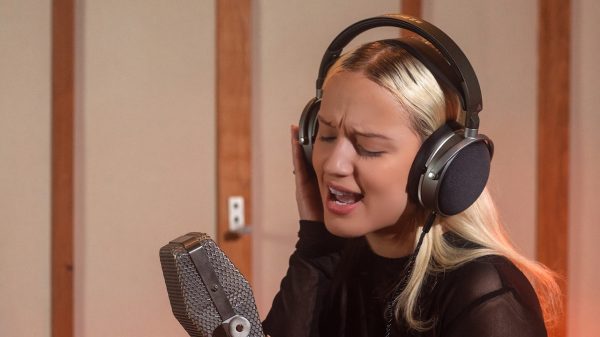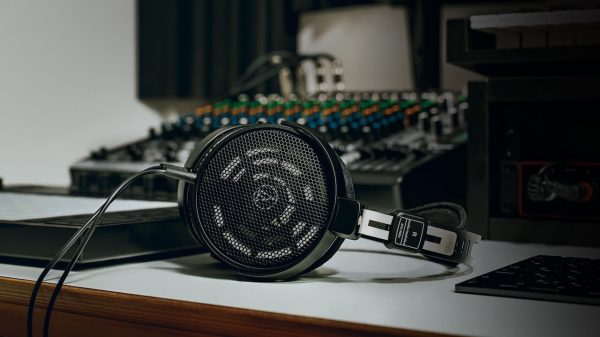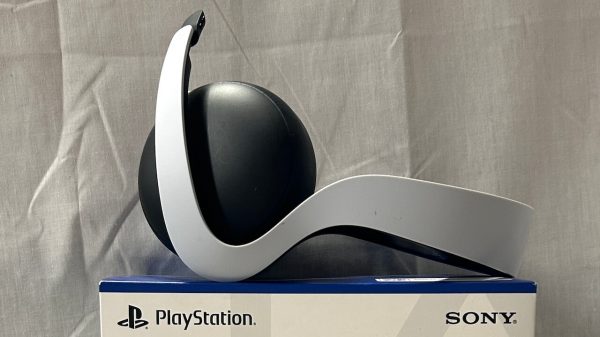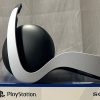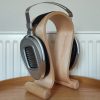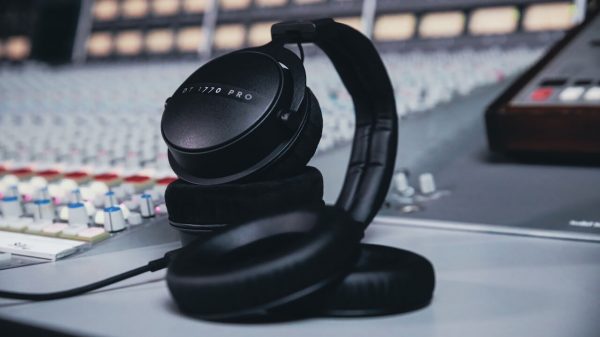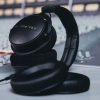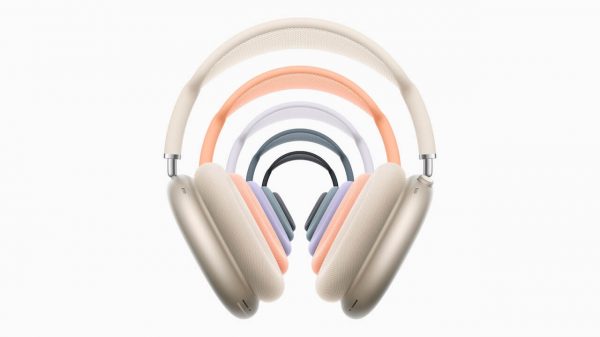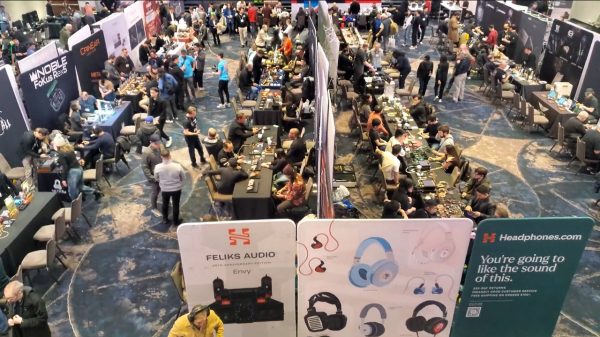Not too long ago we reviewed the Audeze MM-500 studio headphones, a collaboration between Audeze and the 17 time Grammy Award winning sound engineer, Manny Marroquin. Their stated goal was to create a headphone perfect for audio professionals.
To say that we were impressed would be an understatement and the MM-500 immediately became my favorite Audeze headphone from a price/performance standpoint even at $1,699 USD.
It is more ruggedly built than the LCD series and will handle the daily rigours of studio work. The sonic performance places it in the top echelon of headphones that we have reviewed over the past 4 years; It comes remarkably close to Audeze’s $4,500 flagship LCD-5 in detail retrieval for a fraction of the cost.
In short, if you have the cash, the MM-500 ought to be a headphone that gets serious consideration. And therein lies the rub, not everyone has $1,700 for a headphone and most musicians and studio pros simply are not in a position to spend that much on a tool.
In addition, a lot of home studios have DAWS that would benefit from such a headphone but the cost is also prohibitive.

The good news is that the Audeze MM-100 is exactly for those folks and at $399 retail, a potentially great option for those with more limited budgets.
I had mixed emotions when I heard about it though as a $1,400 drop between models meant that corners had to be cut somewhere and how would such a large difference in the price impact overall sound and build quality.
That is the purpose of today’s review of the Audeze MM-100 Professional Headphones.
Build Quality
They arrived packed in the typical Audeze box with the headphones fully enclosed in a foam surround and it wasn’t until I started removing things from the box hiding under the foam and lifting the headphones out of their cut-out that I realized that from outward appearances, no corners were cut in the build.

Construction is still entirely aluminum, magnesium, and steel. The cups, grills, and gimbals all look very similar to the MM-500 although the color is more gray on the MM-100. The headband has changed as the MM-500 has the adjustment rods (LCD style) through a fairly wide spring steel headband while this new model has a headband quite similar to the Maxwell.
This means the height of the cups is fixed in relation to the band and a leather strap provides a suspension band. The leather has three sets of holes on each side that correspond to a pair of screws in the frame to allow some adjustment of height of the ear cups without the need for a slider or physical adjustment mechanism built into the headband itself.
We suspect some parts could be shared with Audeze’s Maxwell Gaming Headphone to keep costs low, yet the headband is still quite comfortable.
The MM-100 weighs 475 grams which makes it significantly (20 grams) lighter than the MM-500. The reality is that the headphones are well made and likely to survive the abuse of studio life.

The next thing one will likely notice is there are recessed ports for the cable just slightly forward of the bottom of the cup on both sides, but the provided cable has a ¼ jack at the source end, a 4-wire braid the full length of the cable and a single 3.5mm TRS jack at the headphone end.
The cable can be plugged in to either the right or left side depending on the user’s preference (which should make those who require it on the left rather happy) and it further opens the door for after-market balanced cables should the user prefer.
One interesting thing is that L/R balance still works properly regardless of which side the cable is plugged into. This means the assembly has to be specific to the left and right sides as if both cups were wired the same from jack to driver (which would help with costs); then the right channel would always follow the cable and it does not, it stays properly on the right side regardless of attachment point.

The pads also hint at another cost savings as they are glued in place rather than having a locking system and being easily removed. The pads have a thicker lead and trailing portion making the inner hole roughly rectangular in shape.
All the documentation states is that they are “gel-filled” with no mention of materials used. We asked Audeze directly and it was confirmed they are protein leather pads.
I would have thought to re-use the Maxwell’s pads along with its locking mechanism to save money, but I was told it was tried and the sound quality simply wasn’t as good as with the final design chosen. So even with potential cost saving measures, Audeze prioritized sound quality.

The headphone cups do allow for 90° swivel on the vertical axis so they lay flat and fit nicely in the carry bag. A more padded or hard case might be a good addition for traveling musicians as the provided bag will keep out dust and maybe a splash of soda in a pinch, but won’t provide a lot of protection if thrown in a road case.
We should also note that these headphones are hand-assembled at the Audeze Headquarters in Southern California, USA — including the drivers inside the shells.
The 90mm planar drivers are assembled in the same Audeze facility and on the same production line with those for LCD-5 and MM-500s. The drivers use the same Neodymium N50 magnets and Uniforce diaphragm of the other Audeze models with a listed frequency response of 20Hz-25kHz, an impedance of 18 ohms and a sensitivity of 98 dB/mW (drum reference point measured).
That makes them easy enough to drive that portable gear, dongles, and consoles should drive them directly with no need for specialty amplification. Of course, they do scale well with better sources, but that is qualitative rather than quantitative.
Audeze recommends a source be capable of at least 250mW of output power for best results.
Listening Notes
Planars at this price-point often struggle with sub-bass as producing large quantities of deep bass requires a lot of surface area and a lot of motion. Planars have the surface area, but excursion is extremely limited compared to dynamic drivers and the result is often that planar designs lack deep rumble.
The MM-100 does show a bit of that as sub-bass presence is somewhat limited. It delivers sub-bass performance comparable to the Oppo PM-1, Andover PM-50 or HiFiMAN Sundara with good speed and clarity, but is typical of planar sub-bass and won’t compete with the bigger dynamic drivers for quantity.

For me, it’s a good trade off as timpani strikes still have realistic impact, but don’t rattle your teeth like some other units can.
Mid-bass is more present, but still not elevated beyond neutral and sounds natural with good texture and speed. Kick drum has good weight without taking on a hollow boom.
There is no bleed or obstruction as it moves into the lower midrange which gives male voices enough space to cut through the mix.
Guitar has good growl and sharpness whilst cello is a bit more fluid sounding with both showing a very slight move forward in the mix. Higher strings definitely confirm that there is a slight lift in the midrange which provides a bit of energy needed for strings and piano to have good timbre.
This lift is not atypical of mixing headphones as a slight lean to the hot side prevents the end-product from being overly hot here.
Those who don’t like a forward sounding midrange will find the MM-100 quite responsive to equalization so it is fairly easy to adjust as you wish. Female voices cut through well and have a slight smoothing to the texture compared to the MM-500.
In that respect, the MM-100’s tuning is a bit closer to the LCD-X than the MM-500 as the LCD series exhibit this same phenomenon.
Lower treble is well done with no discernable lift which gives strings the energy needed to sound natural and detailed without sounding harsh or overdone. True-treble drops back from the lower range and is in my estimation slightly recessed (again similar to the LCD series tuning – particularly LCD-X and LCD-5).
This helps produce a polite treble but is a bit of an odd choice for a monitoring headphone where the recess could encourage mixing the range hotter than neutral.
For the most part, percussion snap is good, but cymbals come off a bit clicky and brittle. There is a bit of a lift that reappears above about 6kHz that can contribute to sibilance so prevents tuning vocals too hot, but those particularly sensitive in this range may find the combination of the dip at 4kHz and the lift above 6kHz a bit uneven.
At the very top, there is plenty of air and energy giving the treble a bright tone and providing enough energy that if a track is strident or a vocal sibilant, the listener is going to get the full measure of it. The treble tuning creates a sound with a lot of air and sparkle at the expense of a bit of texture and note weight.
The soundstage is wider than deep with limited height, which results in seating the orchestra being a bit flattened out and perhaps wider than natural.
There is a bit of a dichotomy to the stage as some instruments seem to hover around center along with vocals giving a fairly intimate presentation while others seem to move to the outskirts on either side at times presenting a wider auditory picture.
Instrument separation is good, but not on par with the higher end Audeze models and layering is similar in that regard. It does not deliver in the same way as the MM-500 and those familiar with the Audeze “house” sound will certainly notice.
Imaging is solid, particularly the centered instruments mentioned above, but those on the outskirts can be a bit harder to pinpoint in space.

Conclusions
Overall, the MM-100 has a similar tuning to other recent Audeze releases and shares a similar house sound with the LCD-5 albeit considerably less refined. Of course, at a price that is less than a replacement driver for an LCD-5, we shouldn’t be expecting miracles and the MM-100 largely holds its own against models like the Sundara that have dominated its price point.
The MM-100 does a good job of presenting a sound on which engineers can build; it is not perfectly linear and while one can argue that the tuning helps accentuate potential problems in a mix, it only does so if the listener is aware of these biases.
For me, the MM-100 outperforms most headphones at its price-point in clarity, bass performance, and end-to-end extension but others better when it comes to timbral accuracy and treble performance.
The MM-100 is not lacklustre in that regard, but they are not its best attributes.
For studio work, the MM-100 provides a great mix of durability and sound quality and should serve well in its intended role.

I can’t help but think with its mostly metal construction and over-engineered design that the MM-100 will outlast most other headphones and what parts are likely to need replacement are simple to swap (pads, cables).
For home listening, the tuning will please those looking for good bass depth, and a midrange-centric sound, but the treble will likely be the polarizing element with some enjoying it and others finding a bit too much grain to be a pleasant listen for long periods.
Still, for those willing to apply a bit of EQ, I cannot think of a better backpack companion as I have no doubt the MM-100 will come out of the pack unscathed.
It might even make a good gaming headphone, were it not for the Maxwell that offers a lot of the Audeze house sound at a similar price and with gaming specific features and wireless capabilities that the MM-100 do not offer.
I recently asked Sankar about future plans for the Manny Marroquin line to which he smiled and said there are a lot of numbers between 100 and 500. So the chances are good that if the MM-100 is not enough to suit your needs, and the MM-500 is out of your price range, some additional options will likely be forthcoming.
Audeze is currently fulfilling a rather long list of MM-100, MM-500 and Maxwell orders so it might be a while until anything new appears.
Where to buy: $399 at Amazon | Crutchfield | Audeze
Related Reading














